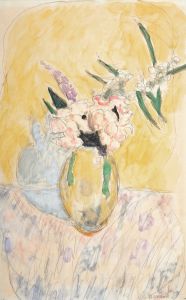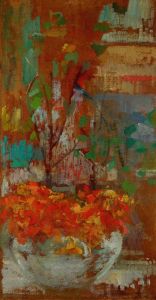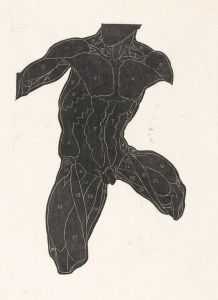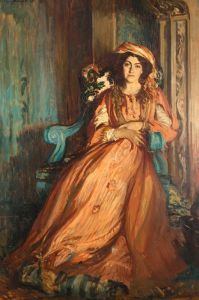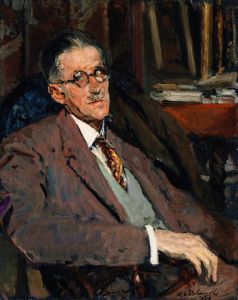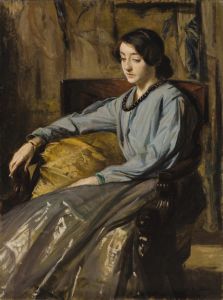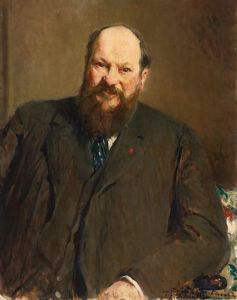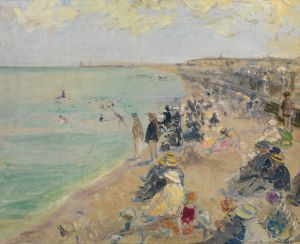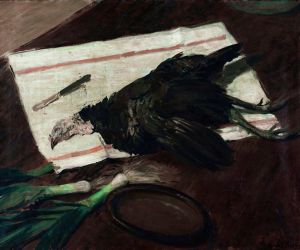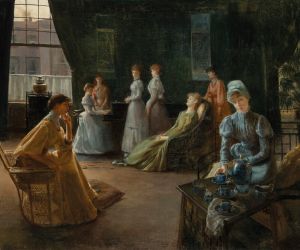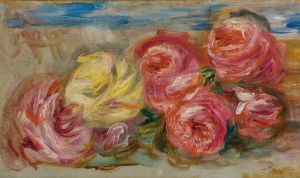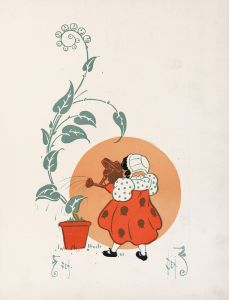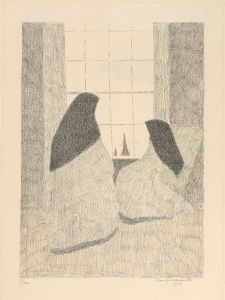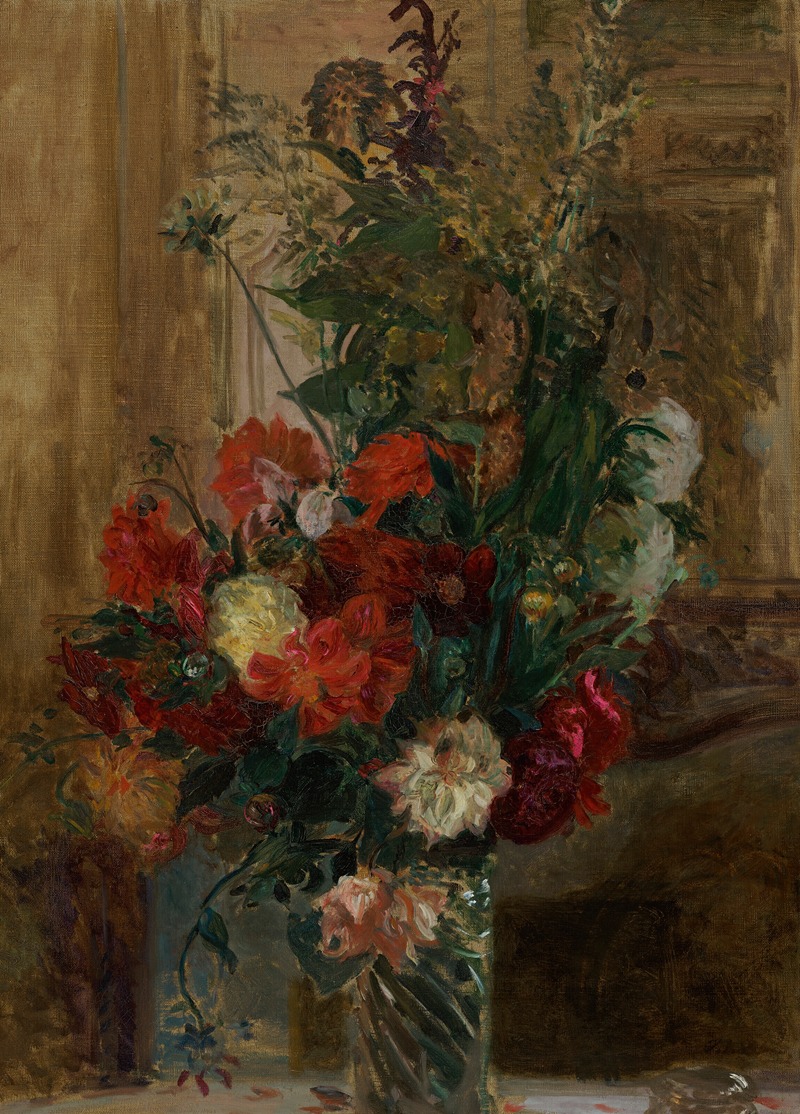
Bouquet de fleurs
A hand-painted replica of Jacques-Émile Blanche’s masterpiece Bouquet de fleurs, meticulously crafted by professional artists to capture the true essence of the original. Each piece is created with museum-quality canvas and rare mineral pigments, carefully painted by experienced artists with delicate brushstrokes and rich, layered colors to perfectly recreate the texture of the original artwork. Unlike machine-printed reproductions, this hand-painted version brings the painting to life, infused with the artist’s emotions and skill in every stroke. Whether for personal collection or home decoration, it instantly elevates the artistic atmosphere of any space.
Jacques-Émile Blanche was a prominent French painter born on January 31, 1861, in Paris, France. He was known for his portraits of notable figures in the arts and literature during the late 19th and early 20th centuries. Blanche's work was characterized by its psychological depth and attention to detail, capturing the essence of his subjects with a keen observational skill. Among his diverse body of work, "Bouquet de fleurs" stands out as an example of his still life paintings.
"Bouquet de fleurs" is a painting that showcases Blanche's ability to capture the delicate beauty and vibrant colors of flowers. While Blanche is primarily celebrated for his portraits, his still life works, such as this one, demonstrate his versatility and command of different genres. The painting features a carefully arranged bouquet of flowers, rendered with a meticulous attention to detail and a subtle play of light and shadow. Blanche's use of color is particularly noteworthy, as he employs a rich palette to bring the flowers to life, creating a sense of freshness and vitality.
The composition of "Bouquet de fleurs" reflects Blanche's academic training and his exposure to various artistic movements of his time. His style was influenced by both the Impressionists and the more traditional academic painters, allowing him to blend elements of realism with a more modern approach to color and form. This synthesis is evident in the way he captures the texture of the petals and leaves, as well as the interplay of light across the surface of the painting.
Blanche's background and connections in the art world provided him with unique opportunities to engage with other artists and intellectuals of his era. He was part of a vibrant cultural milieu, which included friendships with figures such as Marcel Proust, James Joyce, and Igor Stravinsky. These interactions enriched his artistic perspective and informed his approach to painting, whether in portraiture or still life.
"Bouquet de fleurs" is not only a testament to Blanche's technical skill but also an expression of his appreciation for the beauty of everyday objects. The painting invites viewers to pause and appreciate the simple elegance of nature, captured through the eyes of an artist who was deeply attuned to the world around him. While Blanche's portraits often explored the complexities of human character, his still life works like "Bouquet de fleurs" reveal a different aspect of his artistic vision—one that celebrates the ephemeral beauty of life.
Today, Jacques-Émile Blanche's work is held in various public and private collections, and his contributions to the art world continue to be recognized and studied. "Bouquet de fleurs" remains a fine example of his ability to transcend genres and capture the essence of his subjects, whether human or floral, with equal sensitivity and skill.





